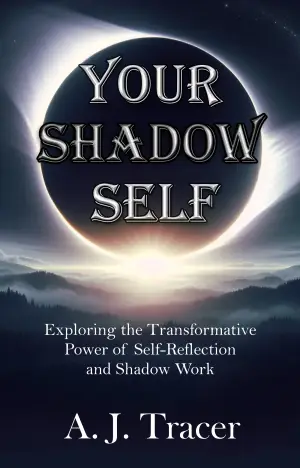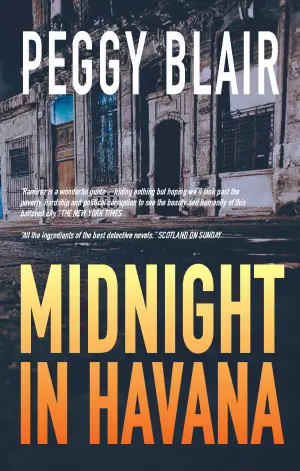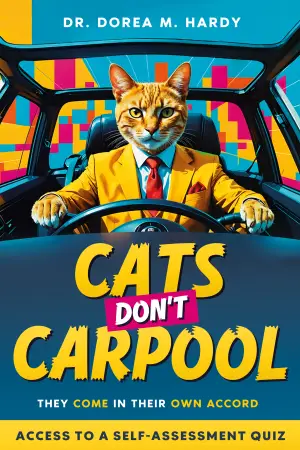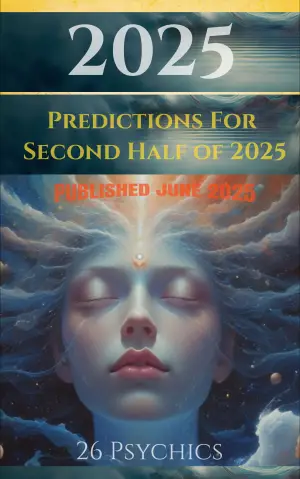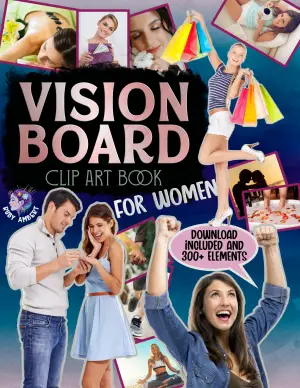Review: It Starts with Us (It Ends with Us, #2) by Colleen Hoover
When I first heard that Colleen Hoover was releasing a sequel to It Ends with Us, I felt a mix of curiosity and dread. After all, the first book had left me with a blend of emotion and contemplation that lingered long after I finished it. Yet, as the buzz grew on social media, I couldn’t shake the feeling that It Starts with Us might be more of a cash grab than an essential continuation of Lily’s story. So, with an air of trepidation, I dove in.
The Characters and Plot
Lily hasn’t quite shaken off her complicated past with Ryle, and now she finds herself entangled with Atlas, the man who represents hope and stability—though that connection feels thin at times. It’s puzzling to see Hoover pivot the narrative toward Atlas as a dashing hero, almost displacing the raw essence of Lily’s journey with a different kind of fantasy. Instead of building on the groundwork of It Ends with Us, it feels as if Hoover was trying to mold Atlas into a character worthy of admiration, rather than letting him evolve organically.
Most frustrating was Atlas’s portrayal. He often reads as a bland character—a “nice guy” trope that, despite the heart-tugging elements, simply doesn’t bring much to the table. If we’re looking for chemistry, their relationship often falls short, relying too heavily on shared trauma rather than genuine connection.
Writing Style and Themes
Hoover’s writing is as accessible as ever, making the book a quick read. However, moments of forced poignancy detracted from the pacing. I found myself rolling my eyes at the numerous flashbacks, many of which recapped events from the first book. At one point, I thought, “Lower the price, girl!” The interspersed letters from Atlas meant to showcase his undying love felt redundant and ultimately diluted the genuine emotion that could have driven the story forward.
For a sequel that ostensibly centers on a romance, the narrative often drifts into uncomfortable territory, lingering within the shadows cast by abuse instead of celebrating recovery. The attempts to create a balance between Lily’s past and her present felt clumsy, making me question whether this sequel was truly necessary.
Memorable Moments
One of my favorite moments was when Lily expresses her frustration about Ellen’s character in her letters—though, ironically, it made me cringe at how culturally out of touch Lily seems for someone living in today’s digital age. Every time TikTok was mentioned, I nearly facepalmed; it was a stark reminder of how hard it is to blend the old with the new.
The character’s name choices also struck me. Naming her daughter Emerson Dory Kincaid felt like a bizarre choice—almost as if Hoover was making a conscious effort to provoke reactions, good or bad.
Final Thoughts
In conclusion, while It Starts with Us may resonate with die-hard Colleen Hoover fans or those invested in Lily’s journey, it largely felt like a missed opportunity to explore deeper themes of healing and self-discovery. The book could serve as entertainment for readers seeking a light read, but with its uneven character dynamics and repetitive elements, I’d recommend approaching with caution.
If you loved It Ends with Us and are fascinated by the continuation of these characters’ lives, you might find moments of joy here. However, if you’re looking for a true expansion of Lily’s story, you might be left feeling a bit hollow, much like I was. Happy reading!
Discover more about It Starts with Us (It Ends with Us, #2) on GoodReads >>

